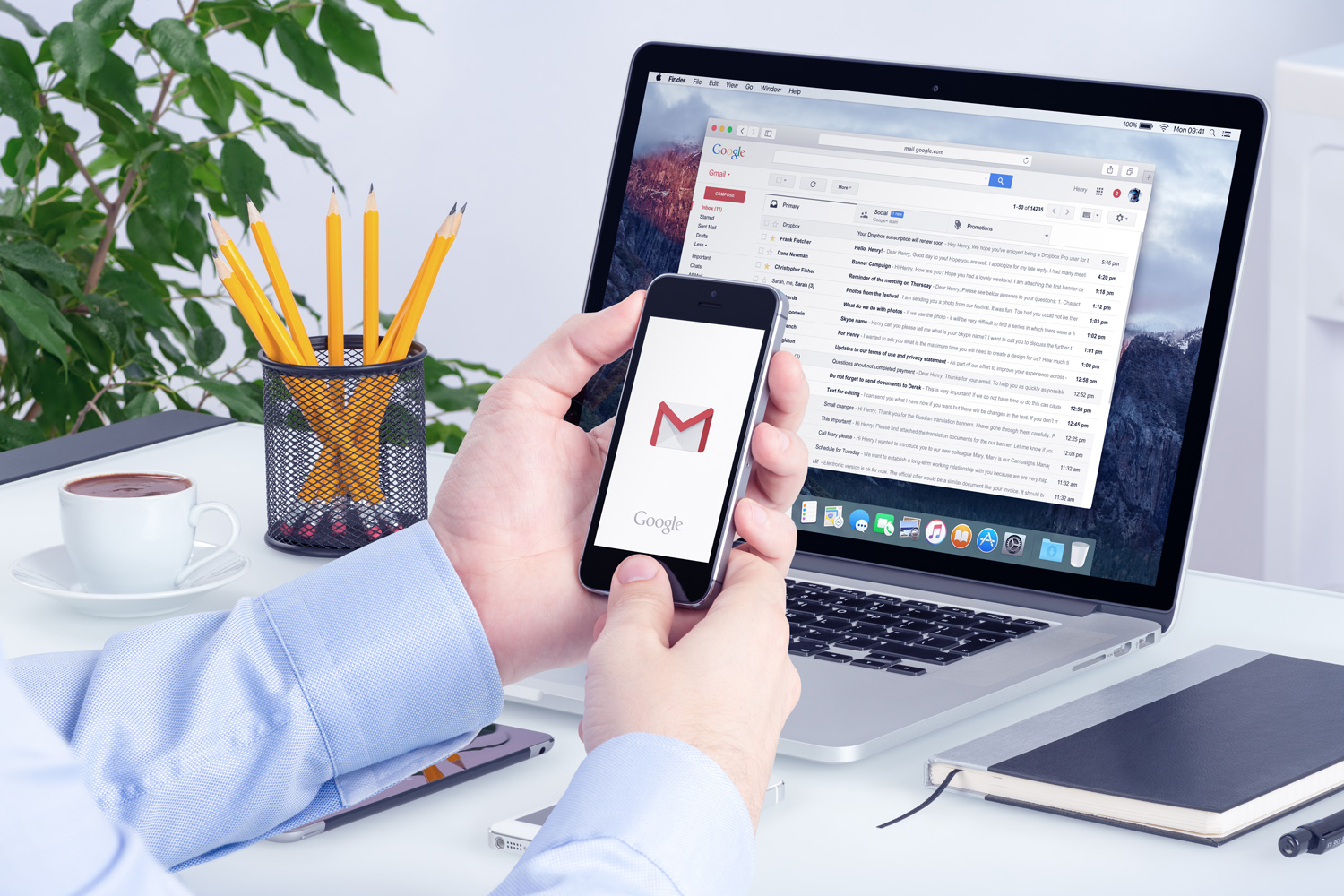Google is continuing to release new lightweight “Go” apps. Hot off the heels of the launch of YouTube Go, the company has now released “Gmail Go,” which is aimed at taking up less space and processing power on a user’s phone. The app should also make better use of mobile data compared to the full Gmail app.
Of course, just because the app is lighter than the standard Gmail app, that doesn’t mean it doesn’t have some great features. For starters, the app still has multi-account support, attachments, and so on — just like the standard Gmail app.
Google never formally announced Gmail Go, but there is a listing for it on the Google Play Store. Because of the lack of formal announcement, we don’t really know all the details of what’s different between the normal Gmail app and Gmail Go. Some users have downloaded the app, however, and note that the app doesn’t seem to run as smoothly as the standard version, and it seems like Gmail won’t sync as far back as the normal app. Apart from that, however, the app appears to be pretty much the same.
Still, while it functions largely the same, the app takes up a whole lot less space on a phone. According to a report from TechCrunch, the app takes up 25MB of a phone’s storage, while the regular Gmail app takes up 47MB. Sure, a couple dozen extra megabytes may not sound like much, but on phones that have little storage to start with, it can really add up.
It seems as though Gmail Go isn’t available for everyone. The TechCrunch report notes that the listing on the Google Play Store is only for update purposes — the app itself will only be available on devices where it’s pre-installed, which may mean that only those with Android Go phones will be able to use it.
As mentioned, there are quite a few other “Go” apps. For starters, there’s the ultra-helpful Files Go, which helps you find and delete files that you probably don’t need. There’s also YouTube Go, Maps Go, and Assistant Go, all lighter versions of larger apps that are aimed at using less storage and data. Last but not least is Android Go, which is a lighter version of the entire Android operating system.
Editors' Recommendations
- A new Google Pixel Tablet is coming, but it’s not what you think
- Google is going to change Pixel phones forever, and I can’t wait
- Google is launching a powerful new AI app for your Android phone
- Google just redesigned one of its biggest apps, and it’s bad
- Google is finally fixing an annoying issue with its Pixel phones


